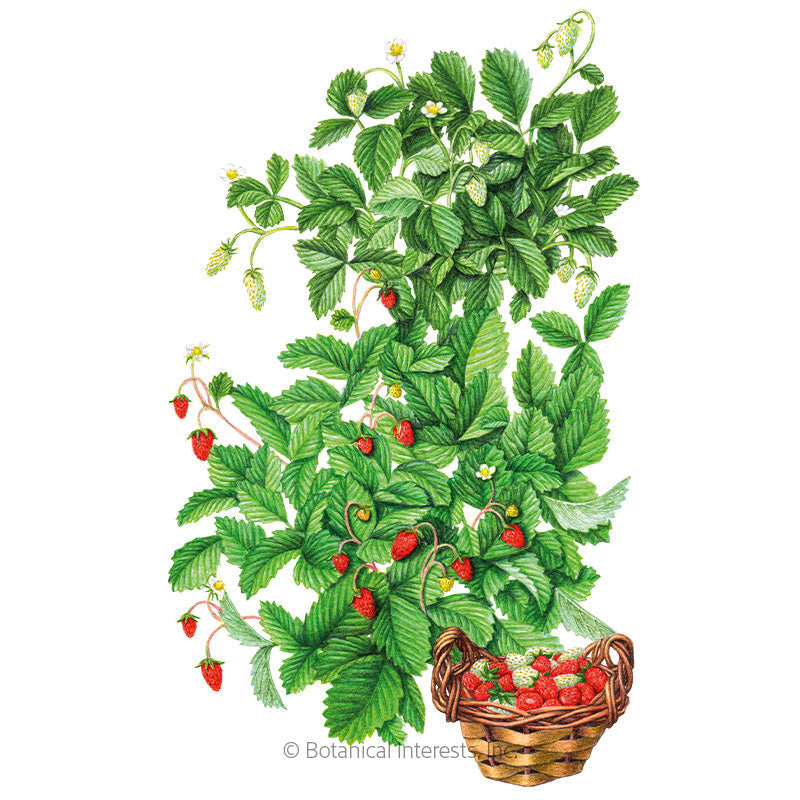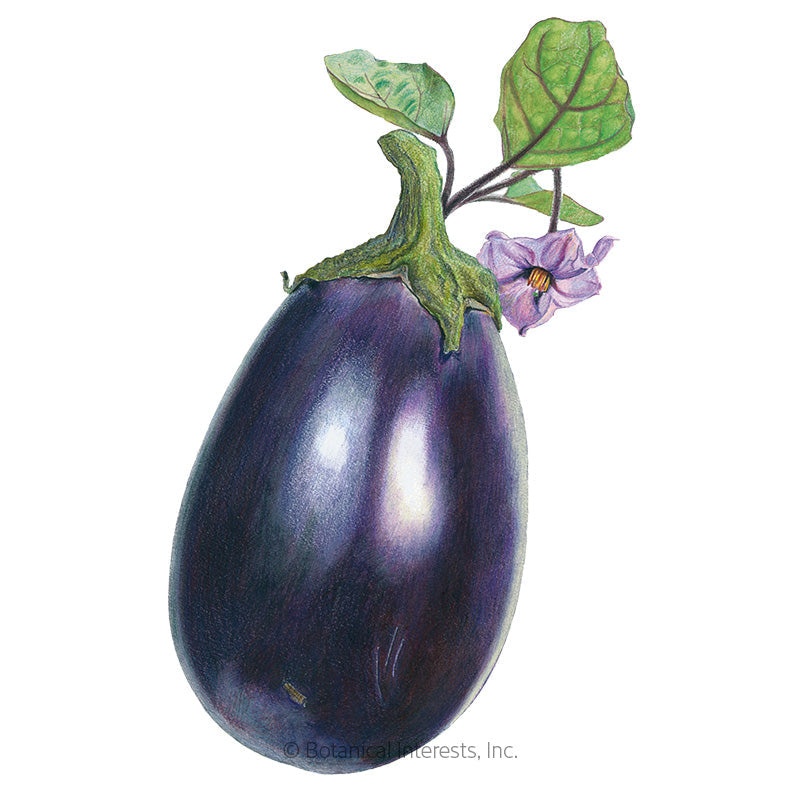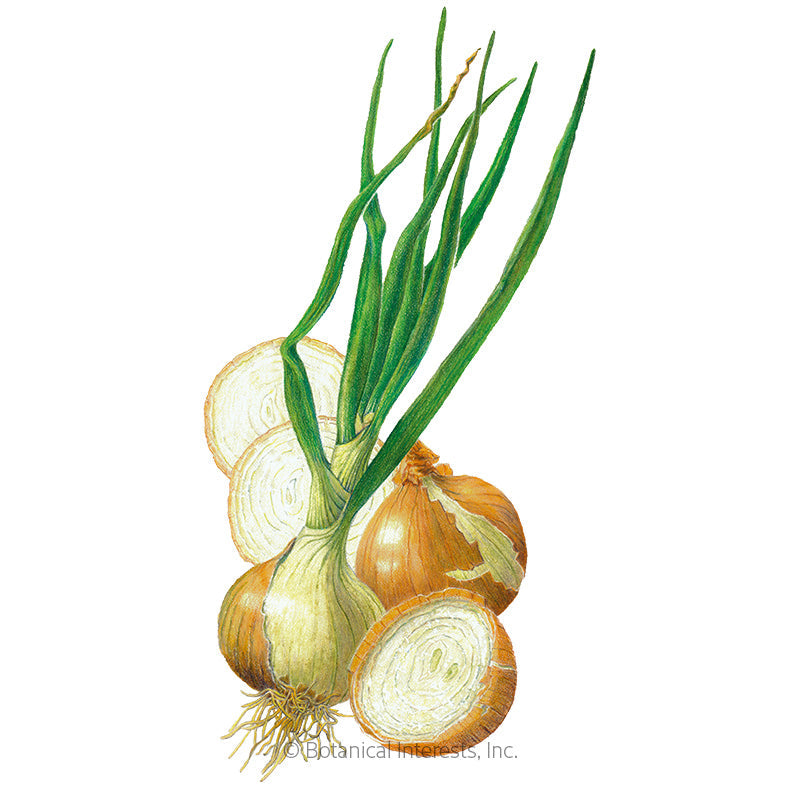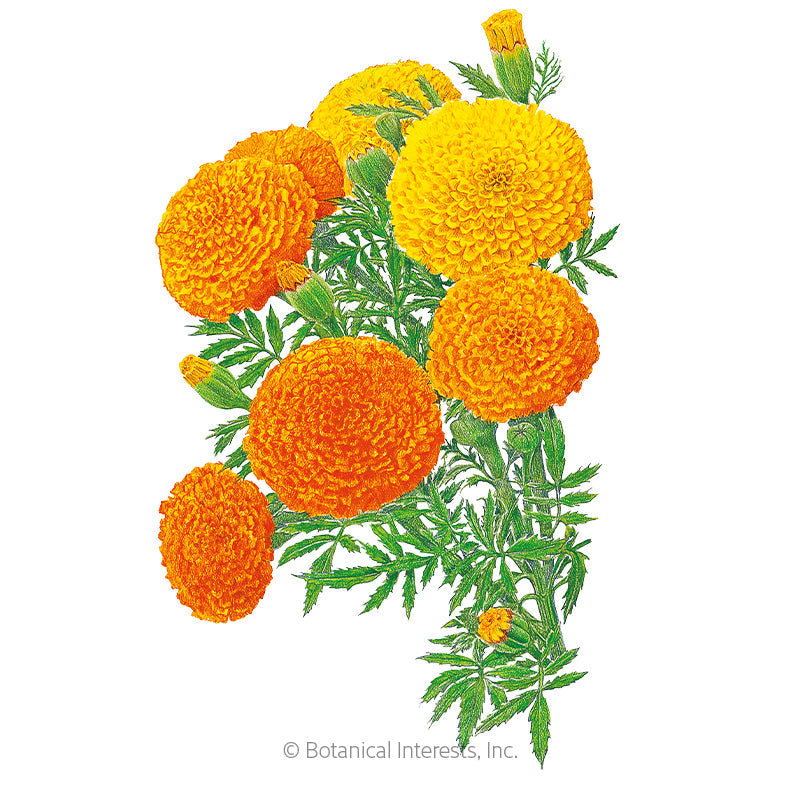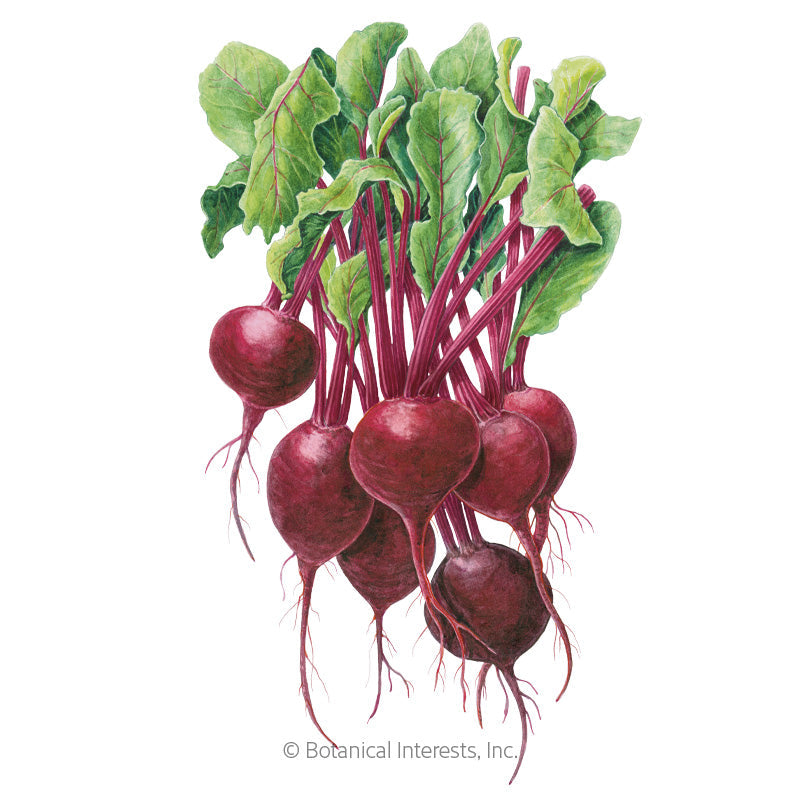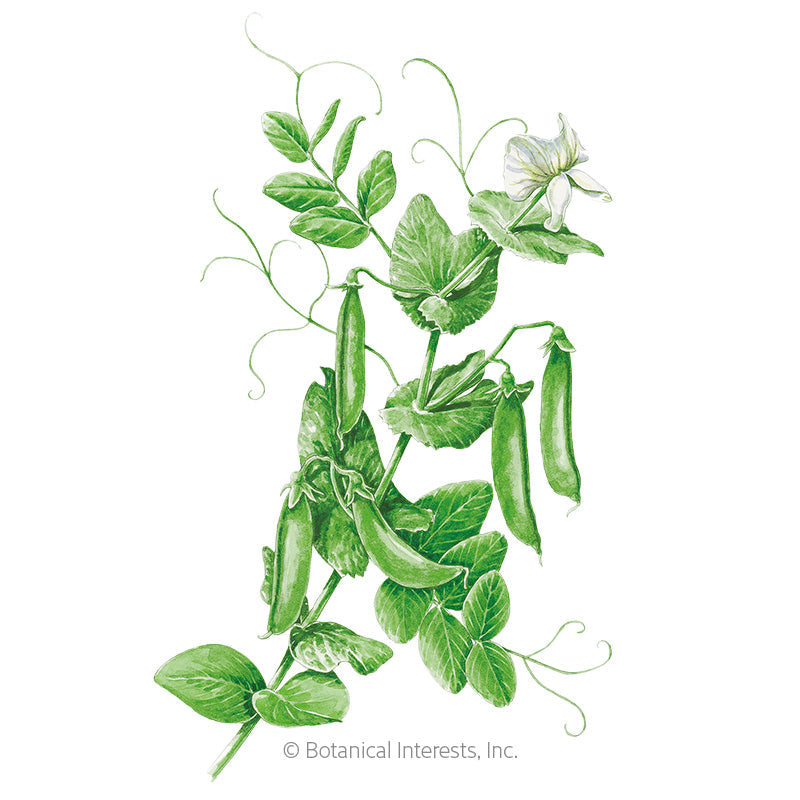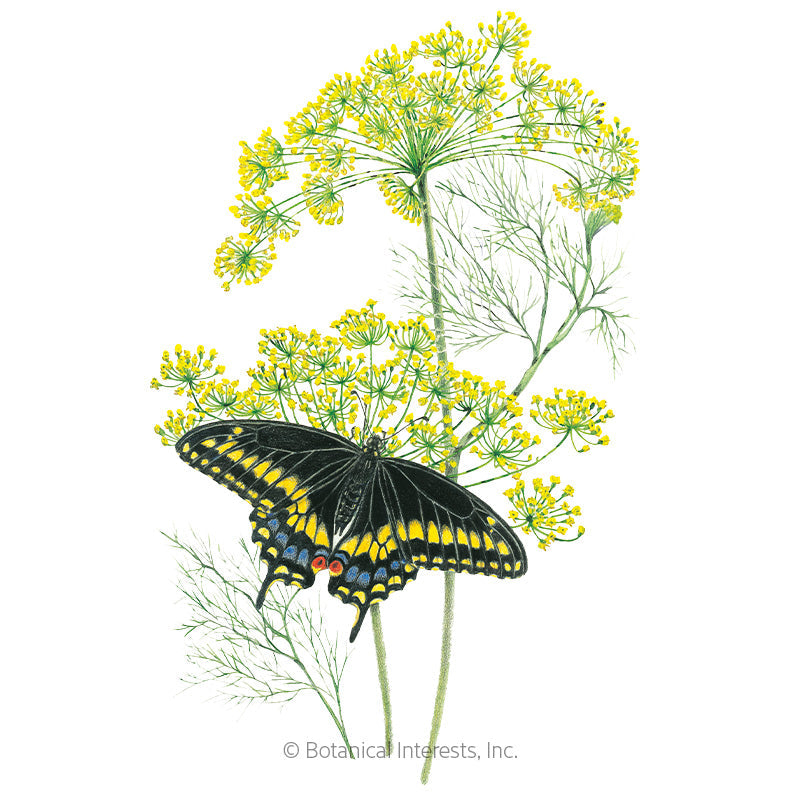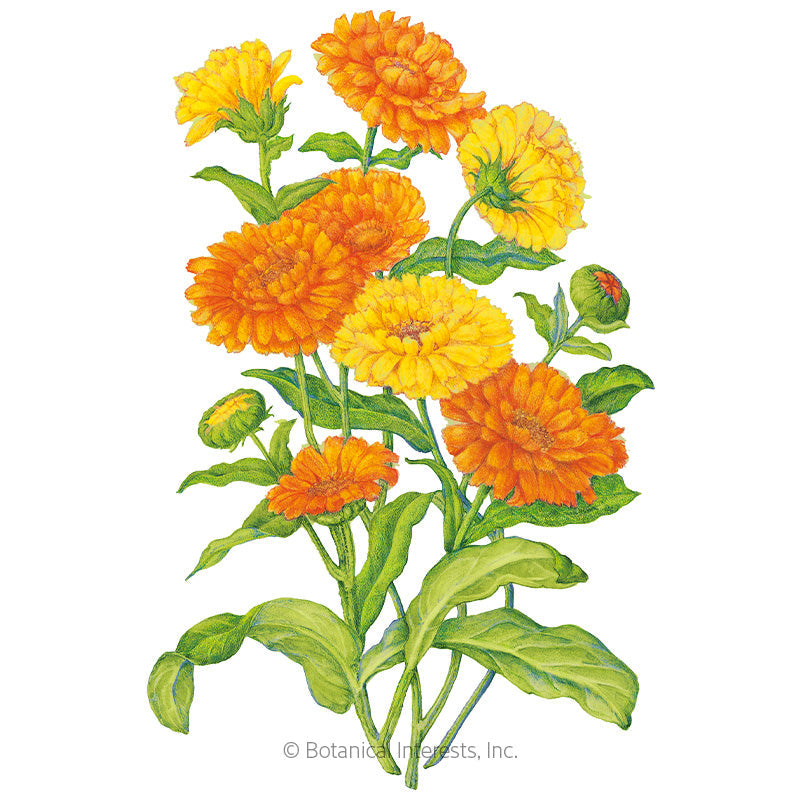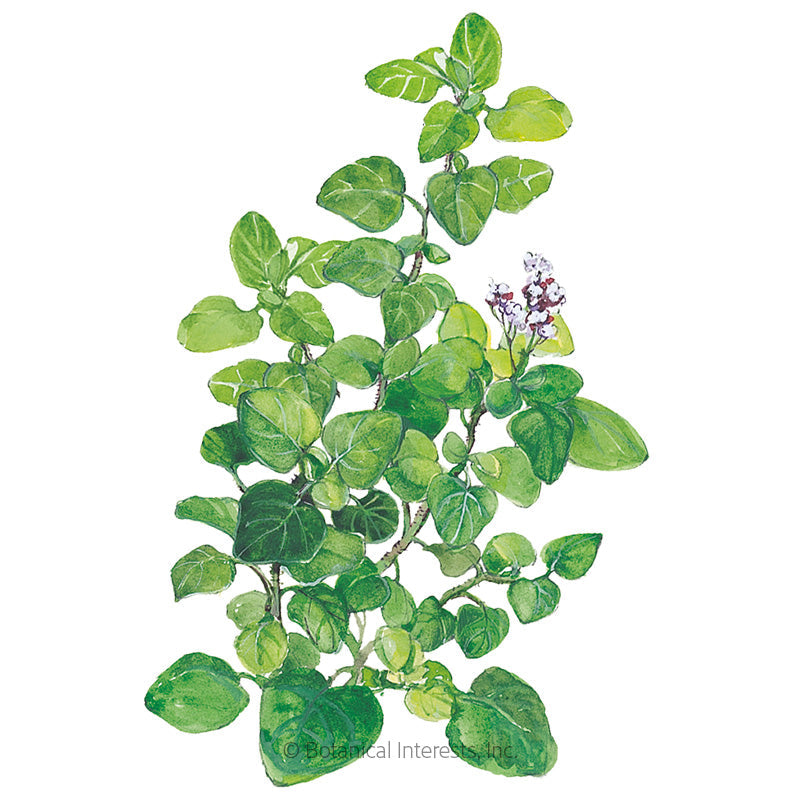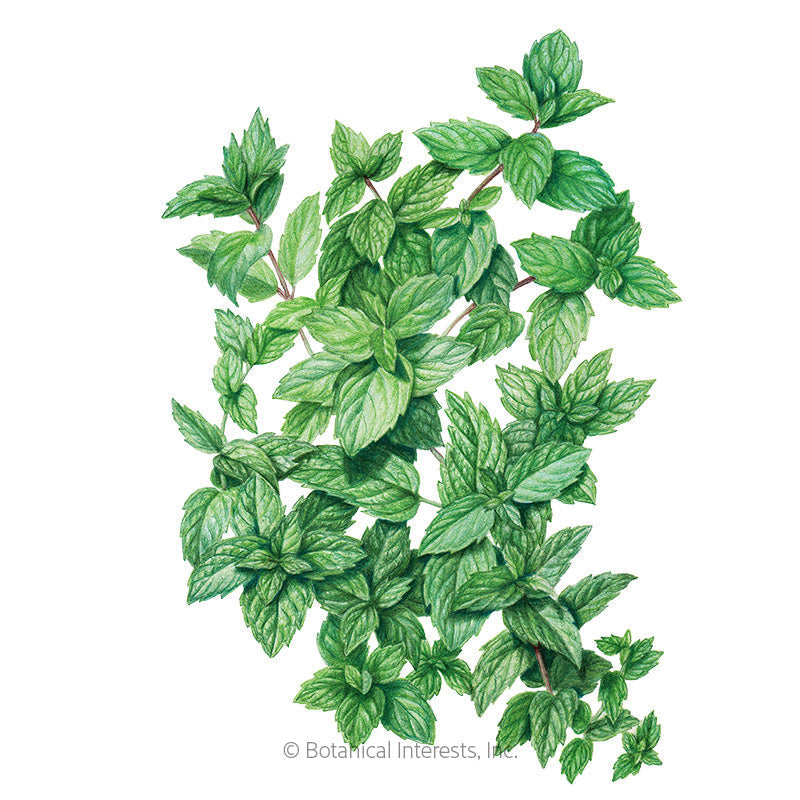The Best Companion Plants for Lettuce (And What You Should Avoid!)
Are you ready to take your lettuce game to the next level? Well, you’ve come to the right place because today, we’re diving into the wonderful world of companion planting and exploring the perfect sidekicks for your leafy greens. I’m thrilled to share some of my favorite tips and suggestions on the best companion plants for lettuce that have not only boosted my harvest but also created a thriving, harmonious garden.
We all know that lettuce can be a bit finicky. However, by strategically selecting the best companion plants, we can create a symbiotic ecosystem that encourages growth, deters pests, and enhances flavor.
So, grab your gardening gloves and join me as we uncover the best companion plants for lettuce. From pest-repelling pals to soil-enriching buddies, we’ll explore a variety of options to ensure your lettuce bed becomes a flourishing haven for greens.
What Is Companion Planting?

Companion planting is like nature’s way of creating a harmonious garden where each plant plays a crucial role in supporting its neighbors. In a nutshell, companion planting is the art of strategically placing plants next to each other to maximize their collective benefits.
Now, let’s relate this concept to our favorite leafy green, lettuce. Some companion plants for lettuce enhance flavor, some act as natural pest repellents, and others help improve soil conditions — it’s like a veggie collaboration that yields tastier and heartier harvests.
By understanding the personalities of different plants and their relationships, you can create a garden ecosystem that’s not only beautiful but also functional!
1. Carrots
Carrots and lettuce are like the dynamic duo of the vegetable garden. While lettuce roots take up the upper soil levels, the carrots extend their roots deeper, preventing soil compaction and enhancing nutrient absorption for both crops.
Since lettuce has a shallow root system, it doesn’t take up the necessary space carrots need to grow in the soil. Likewise, since root crops like carrots have low growth above the soil, they don’t compete with lettuce for sunlight.
2. Strawberries
Strawberries and lettuce make an unbeatable combo. Both plants have similar growing needs and do well in cool weather. Plus, the low-lying strawberry plants provide a living mulch, reducing weed competition, retaining soil moisture, and creating a visually appealing garden bed.
Related: Best Vegetable Plants That Can Handle Cold Temperatures in Winter
Perhaps one of the top reasons why lettuce and strawberries are such good companion plants has to do with the protection lettuce leaves provide. As those bright, sweet berries start to ripen, they’re practically irresistible to birds, rodents, and other crop stealers. Lettuce leaves can help hide the berries and keep them safe until you have a chance to pick them.
3. Cucumbers
Cucumbers and lettuce team up to make the most of vertical space. The tall, climbing nature of cucumbers provides shade to the lettuce below, preventing it from bolting (or going to seed) too quickly during the warmer months and extending the harvest window. This is important because once lettuce starts to bolt, it becomes bitter and unpalatable.
Planting lettuce under cucumber vines is also a great way to use that empty space and make the most of every inch of your garden.
Plus, cucumbers and lettuce both need rich soil and regular watering to grow properly. As a result, keeping them together in your garden beds can help you condense your gardening chores.
4. Eggplant
Eggplants have large leaves that provide a lot of shade for anything growing underneath it. This isn’t always a good thing if you’re trying to grow sun-loving vegetable plants that need plenty of light throughout the day.
Related: 85+ Delicious Eggplant Recipes You Can Do With Your Eggplant Harvest
However, since lettuce actually thrives growing in the shade, eggplant leaves do a great job of protecting it from the scorching sun. This shade not only prevents premature bolting but also keeps the lettuce cool, resulting in crisp and refreshing leaves for your salads.
5. Alliums
Onions, leeks, garlic, and chives are all part of the allium family — plants that have a strong, pungent aroma that can act as natural pest deterrents for lettuce. When you plant them near your leaf lettuce, they can help ward off common pests like aphids, slugs, snails, caterpillars, and deer.
Not only does this help you grow blemish-free lettuce leaves, but it also ensures you’re the one who actually gets to enjoy eating your hard work!
6. Asparagus
Asparagus spears are typically harvested toward the end of spring. However, since asparagus is actually a fantastic perennial garden plant that can be harvested again and again for years to come, many gardeners allow the feathery leaves of asparagus plants to continue to grow.
Of course, dedicating a certain area in your vegetable beds to just asparagus can take up valuable garden space. However, you can always stick a few lettuce plants underneath your asparagus to make the most of your space.
Lettuce and asparagus make great companions because the asparagus leaves provide shade for your lettuce and you can keep your garden beds productive during multiple seasons.
7. Marigolds
Marigolds aren’t just pretty flowers; they’re powerhouse protectors when it comes to pest control. They have a strong aroma that deters nematodes, cabbage worms, and other harmful insects, creating a shield around your lettuce bed.
Even better, not only can marigolds deter insect pests, but they can also attract beneficial insects like honeybees and ladybugs. Plus, the benefits of marigolds don’t stop in your vegetable garden. You can also have some potted marigolds around your outdoor area to help naturally repel mosquitoes!
8. Radishes
Like other root vegetables, radishes are fantastic at breaking up compacted soil and creating a well-aerated environment for lettuce to grow. The deep radish roots add chemicals to the soil that can help keep away a number of unwanted pests, including squash beetles, flea beetles, and cabbage worms.
Plus, an additional benefit of planting lettuce and radishes in close proximity is that they enhance each other’s flavors, making for a truly delicious salad garden!
9. Beets
Beets and lettuce make good neighbors because their root systems grow at different depths. Lettuce has shallow roots that won’t interfere with the deep root system of beets and vice versa!
Beets are also one of the best lettuce companion plants because these two plants complement each other’s nutrient needs. While beets take up nutrients from deeper layers, lettuce utilizes those closer to the surface, creating a balanced and harmonious sharing of resources. Plus, beets can add magnesium to the soil and replenish the nutrients that your lettuce crop uses while it grows.
10. Peas
Pea plants (as well as pole beans and bush beans) are nitrogen-fixing champions. They can take nitrogen from the air and add it to the soil into a form usable by plants, providing a natural nitrogen boost to the lettuce and promoting lush, green growth.
I always recommend these plants to beginner gardeners because they’re some of the easiest legumes to grow. Plus, like other vining plants, peas and beans can provide extra shade for lettuce as they climb up their trellises and delay its bolting.
11. Tomatoes
Tomatoes are pretty tall plants that can take up a large amount of available growing space in your garden. However, this height is actually what makes them another top-notch companion plant for lettuce.
The tall stature of tomatoes provides much-needed shade to lettuce, preventing it from wilting under the intense sun and extending the growing season. Since lettuce plants tend to be on the smaller side, it’s easy to stick them around the base of your tomato plants and maximize your growing space.
12. Dill
Dill isn’t just a culinary delight in the kitchen. It’s also a magnet for beneficial insects like ladybugs, lacewings, and predatory wasps. By planting dill near your lettuce, you invite these insect allies to keep pest populations in check.
13. Calendula
With its vibrant orange blooms and vital skin-soothing properties, calendula (also known as pot marigold) is a popular plant for medicinal gardens. It’s also a beneficial companion plant for lettuce!
Planting calendula near lettuce helps create visual appeal and can help control garden pests. If you plant calendula around your lettuce, it can lure away snails and slugs and keep the leaves pest-free and hole-free.
14. Marjoram
Marjoram offers two great benefits in your garden. First, this flower’s aromatic presence enhances your overall garden experience. Its fragrance not only adds a delightful element to your garden but also acts as a subtle pest repellent, protecting your lettuce from unwanted visitors.
Second, marjoram can also enhance the flavor of surrounding plants and help your lettuce taste even better!
15. Mint
Mint can serve as an excellent ground cover around lettuce, suppressing weeds and providing a refreshing aroma.
Plus, mint contains menthol. While humans typically love this smell, insects can’t stand it. This is why mint makes an outstanding natural repellent for ants and can help naturally keep spiders out of your house. In the garden, mint can help repel pests like slugs, snails, and spider mites.
Of course, it’s always important to point out that mint can spread very easily in the garden. If you don’t stay on top of it and continually cut it back and pull out the extras, it can quickly take over your raised bed and in-ground gardens.
If you’d rather use mint for its insect-repelling abilities and choose something else for protective ground cover, you can plant it in containers to help keep it restrained a little easier.
The Worst Companion Plants for Lettuce
While there are a lot of different crops that make successful companion plantings with lettuce, there are also some that you should avoid planting near lettuce because they can have negative effects. It’s a good idea to keep these plants separated from your lettuce crop.
1. Brassicas
Brassicas are plants that are part of the cabbage family and include Brussels sprouts, broccoli, cauliflower, and kale. They should never be planted near lettuce because they secrete a chemical substance through their root systems that prevents lettuce seeds from germinating.
2. Fennel
While there are many herbs that are a great option for companion planting with lettuce, fennel is definitely not one of them. Fennel emits a compound that can inhibit the growth of lettuce and interfere with its ability to take up essential nutrients from the soil. As a result, planting lettuce near fennel can lead to poor yields and diminished quality.
3. Parsley
With its vibrant green foliage and culinary versatility, parsley is a popular herb in many gardens. However, planting parsley near lettuce can cause your lettuce to bolt sooner, which means you’ll miss out on enjoying as much of your harvest as possible.
4. Blueberry
If you have some blueberry bushes in your yard, you might think about planting lettuce underneath to use every amount of growing space you can get. Unfortunately, lettuce and blueberries don’t work well together since they require different soil pH levels.
While blueberries prefer acidic soil, lettuce needs neutral or slightly alkaline soil in order to meet its nutrient needs. As a result, these two plants don’t work well near each other.
Help Your Garden Thrive With the Best Companion Plants for Lettuce
Companion planting is truly a game-changer when it comes to maximizing the potential of your lettuce bed. By strategically selecting the right companions, you can create a thriving ecosystem where each plant plays a vital role in supporting the health and productivity of your lettuce.
So, whether you’re a seasoned gardener looking to level up your skills or a newbie eager to dive into the world of companion planting, I encourage you to experiment with these suggested companions and discover the magic they bring to your lettuce patch. Remember, gardening is as much an art as it is a science, so don’t be afraid to get your hands dirty and let nature be your guide.
More Helpful Gardening Tips
Did you enjoy learning more about the best companion plants for lettuce? Are you looking for even more awesome tips that can help you get your garden growing? Then please be sure to take a look at some of our other popular posts:
- 15 Amazingly Drought-Tolerant Vegetable Plants for Your Garden
- The Easiest Fruit Trees to Grow in Your Backyard
- Outstanding Fast-Growing Vegetables for a Quick Harvest
- The Best Vegetables to Plant in Summer




